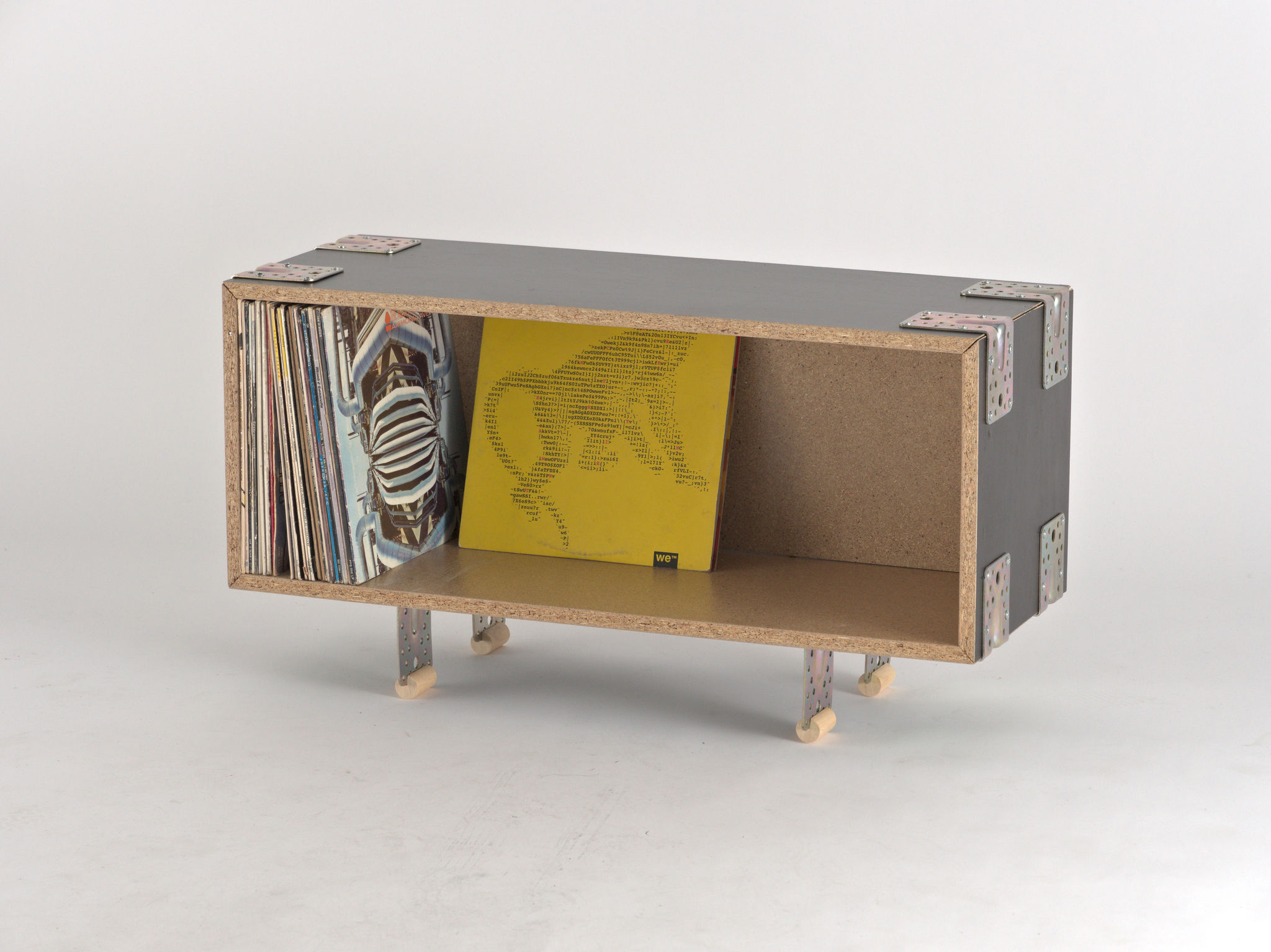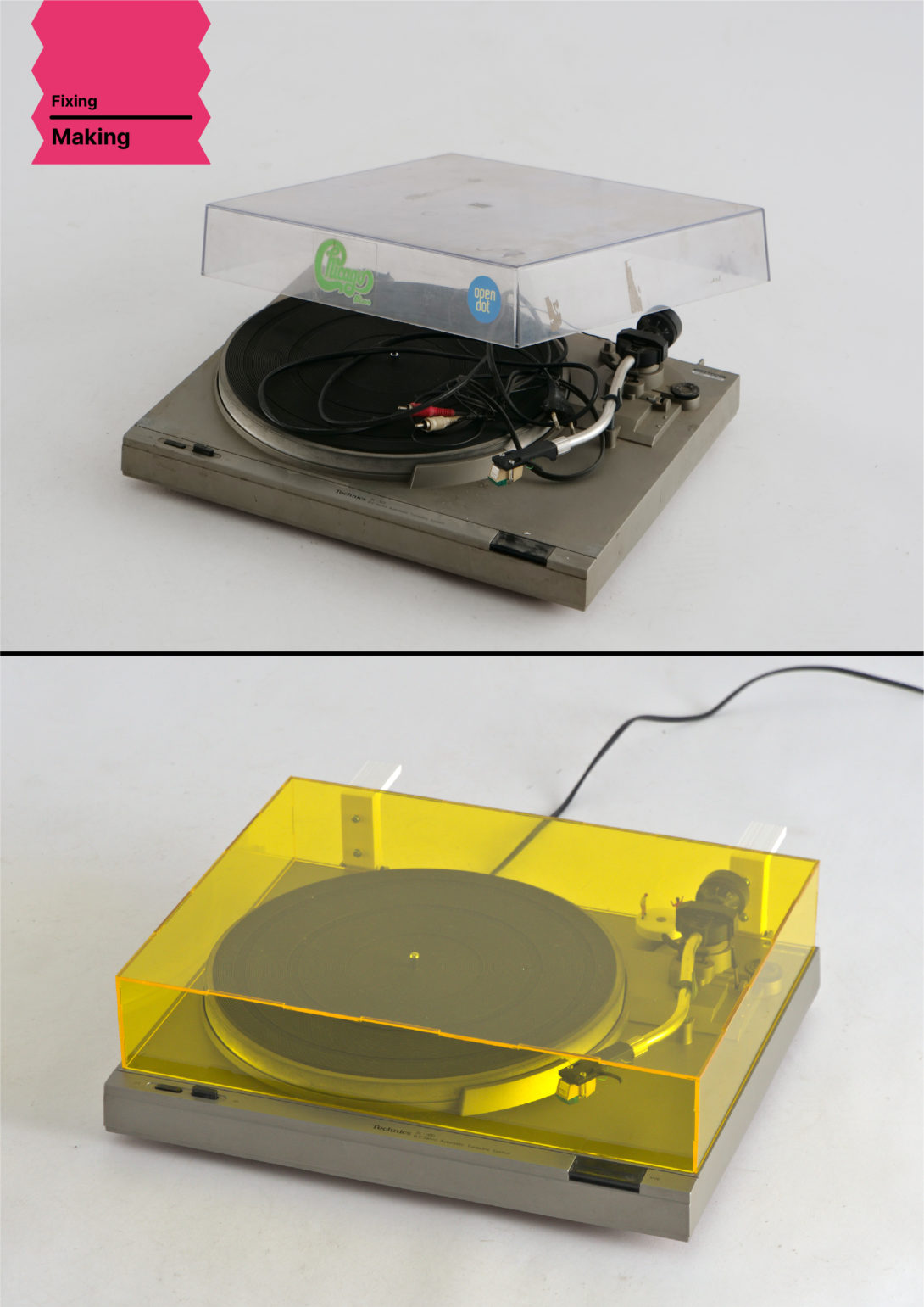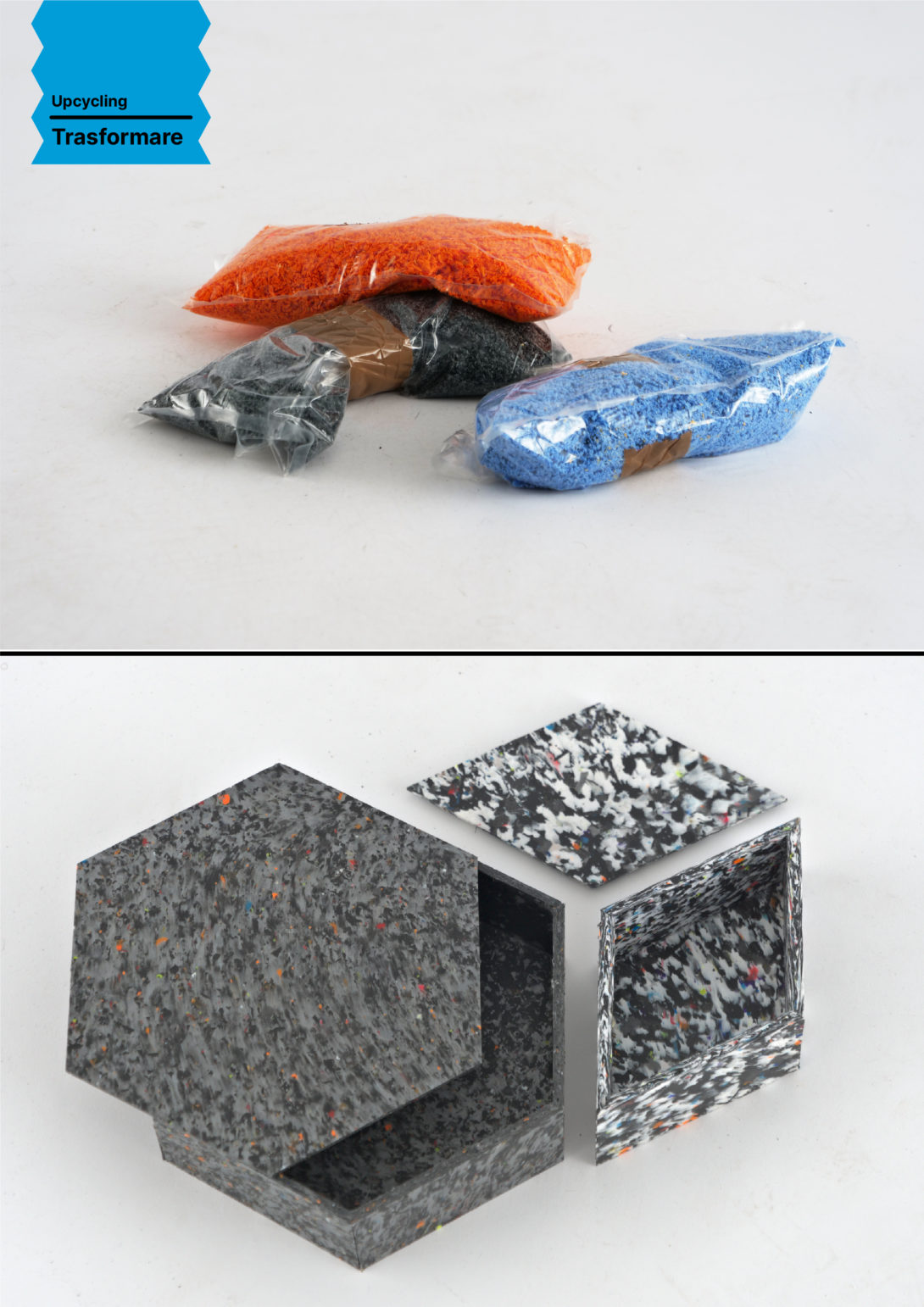Blog
The circular economy is a transformation that is as necessary as it is complex, starting with its precise definition. There are some, such as those of the European Community or the Ellen MacArthur Foundation, that are now cited the most, but when it comes down to the details there are still many shades that not everyone agrees on.
Regardless of the definition, we acknowledge there are three recurring characteristics:
- a conceptual model: ‘closing circles’ – ie. avoiding linear material flows from extraction to the landfill;
- a set of strategies: suggestions that are easy to understand and to apply that can help in decision-making – ie. “the 4Rs” reduce, reuse, recover, recycle;
- a hierarchy of actions: a general indication of the order in which to act, from the most impactful action to the least effective.

When it comes to understanding and acting towards a more circular future, complexity is on multiple levels: first and foremost the diversity of actors involved and how their roles are interconnected.
Some strategies are simpler to implement, particularly if the person is autonomous in doing so and gets an immediate benefit. For example a company developing a more efficient machine, or a person buying an energy-saving product are, perhaps unconsciously, applying the ‘reduce’ strategy.
The most difficult cases are those in which everyone has an active role and there is a difficult change to foster, when it comes to involve both habits and a person’s mentality, or the acquisition of new skills.
Of all the strategies (citing those listed by the Ellen MacArthur Foundation: share, keep, reuse, redistribute, recondition, recover, recycle), perhaps the most complex to implement is reconditioning, i.e. “Returning products to good working order is a way to restore their value. This could include repairing or replacing components, updating specifications, and improving cosmetic appearance.”
There are of course some interesting cases worth mentioning:
- Right to Repair: is a movement that promotes and tells how repair can be facilitated and supported. They organise international events and do lobbying at European level to suggest and support laws that protect people’s right to repair their own objects.
- Repair Cafè: are associations and places where people come together to repair their everyday objects, computers, bicycles, clothes, etc. They are typically located within community centres, where the necessary tools are available and where volunteers help with repairs.
- Ifixit: is an online platform that shares hundreds of tutorials and instructions on how to repair one’s own – especially electronic objects, as well as providing basic information on the necessary technical skills;
- Fixing fashion: a project created by OneArmy, it is a community that shares tutorials and creative ideas on how to repair your own damaged or old clothes. In addition to this database of information, Fixing Fashion invites people to wear their repaired clothes with pride, willing to support and encourage the rise of a more sensitive aesthetic taste for these products.
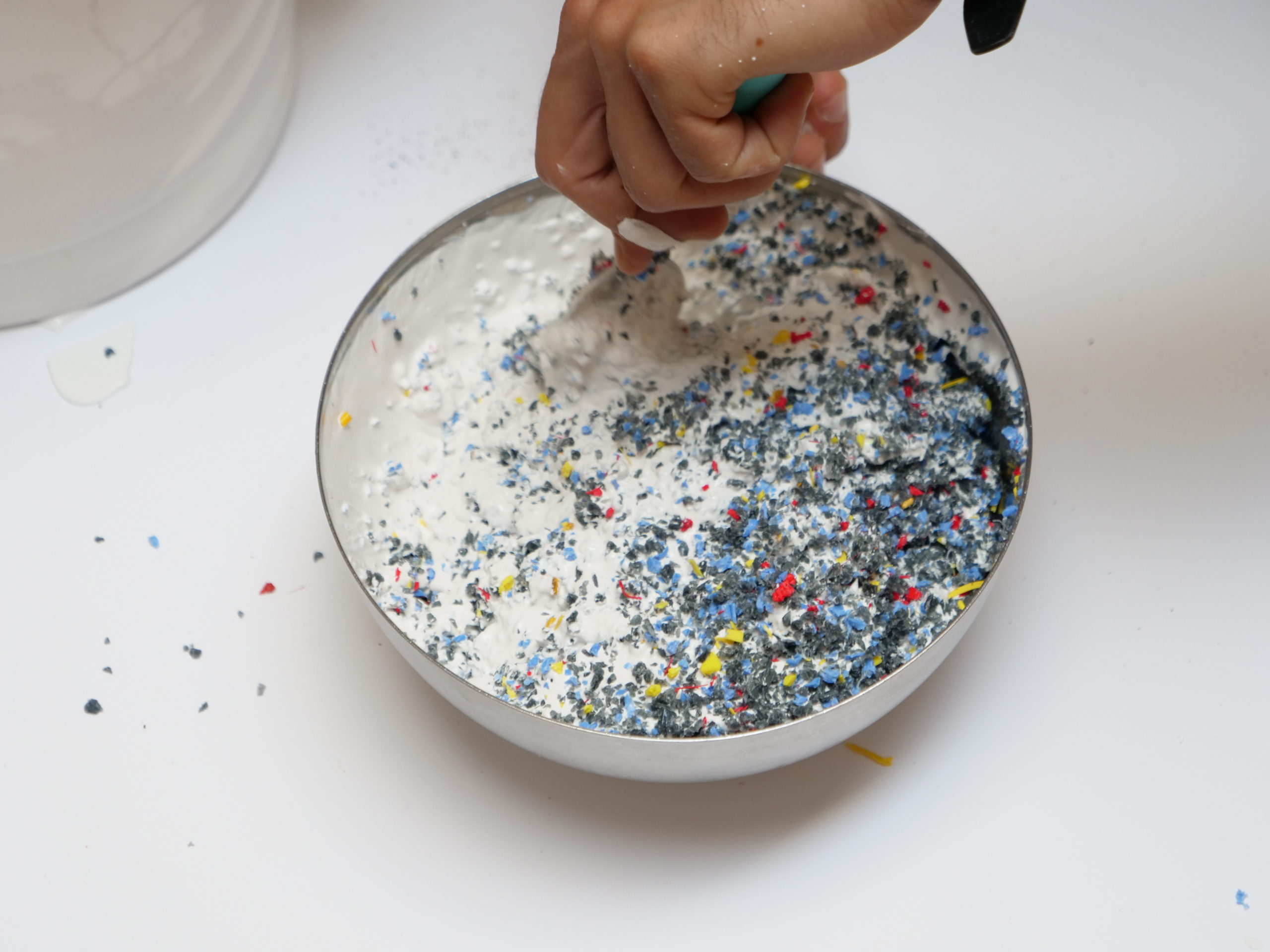
In spite of these solutions, repair remains a niche activity that unfortunately, at the moment, still fails in creating large economies of scale. This is because of multiple reasons:
- A good cooperation of all the stakeholders is needed;
- Good technical and manual skills are required;
- Usually the result of a DIY repair is not always in line with the simple and refined, or eccentric and creative, aesthetics of contemporary products to which the market has accustomed us;
- There are no rules, laws or a clear business model to follow or rely on.
However, what appears to be a limit can become an opportunity if seen from a different point of view. As one of the nodes of the Fab Lab international network, OpenDot has always worked on innovative projects that use distributed design, technology and the active engagement of people to have a positive impact on the environment and our society.
To do so, OpenDot relies on five assets:
- Involving different stakeholders to facilitate dialogue, discussion and cross-pollination;
- Making people central and proactive in the change to be achieved;
- Using accessible technologies and training people to enable them to actively participate in the design and production of solutions;
- Imagining distributed, replicable and ‘open’ design solutions;
- Designing pleasant, elegant and beautiful solutions.
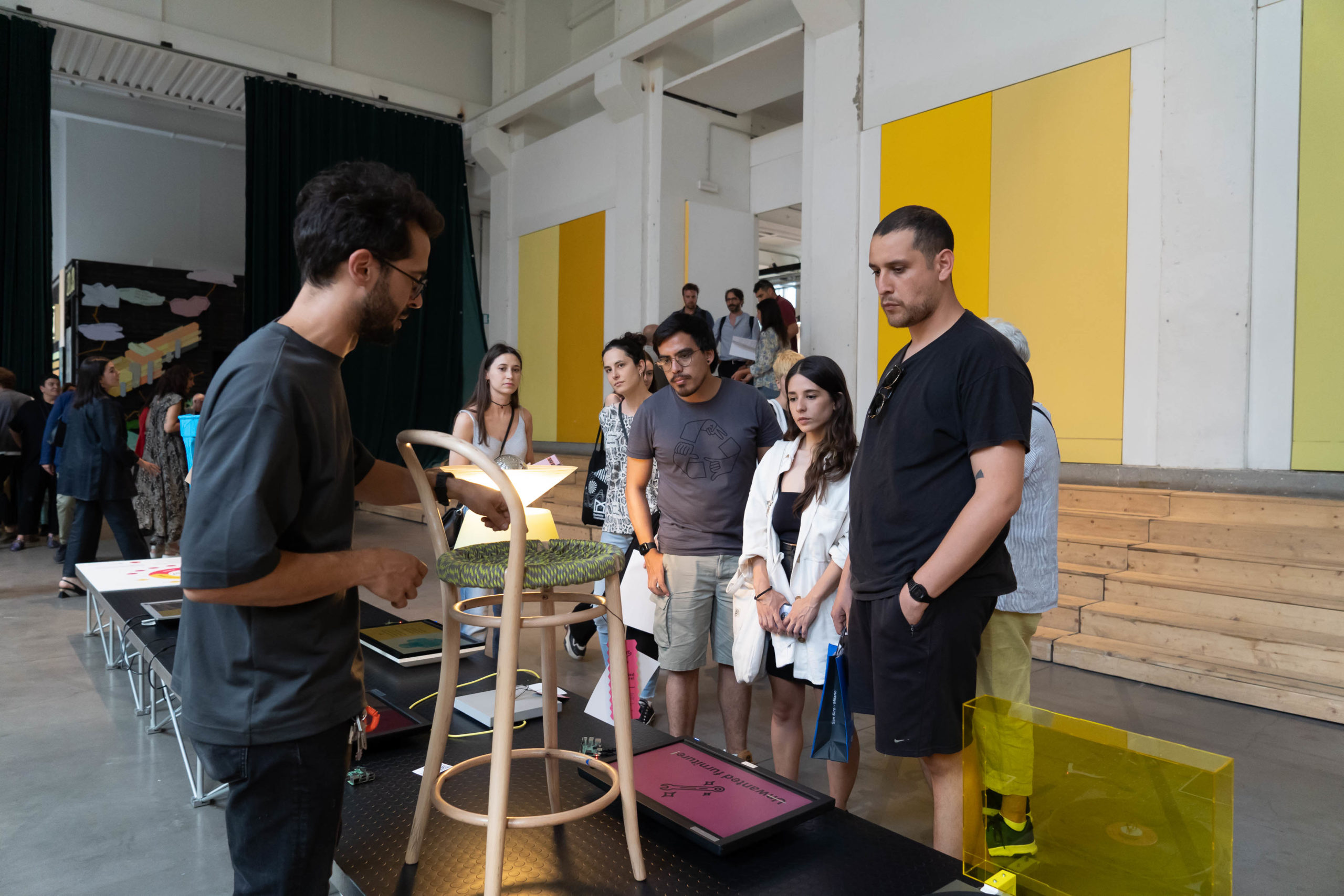
This is why the “Unwanted Furniture” project, developed in cooperation with AMSA – a company of the A2A Group that provides environmental services to citizens and businesses, is a good case study and a complementary approach to what already exists.
“Unwanted Furniture” is an open source digital catalogue designed to provide people with 10 circular and sustainable design strategies to follow a step-by-step process to extend the life cycle of old, broken or obsolete furniture objects.
The reasons that lead to discarding are, in fact, the most varied and range from functional to aesthetic issues. Very often, however, much of the furniture may not become waste, but can be fixed, refurbished or transformed into new objects in a few simple steps.
The catalogue is organised into 4 categories, starting with the most sustainable strategy, to the least impactful, such as creative recycling.
- CARE, i.e. techniques for caring for furniture to prevent damage and extend durability;
- AESTHETIC CHANGE, i.e. strategies for aesthetically renewing objects;
- FIXING, i.e. a series of repair strategies that maintain the function of use;
- UPCYCLING, i.e. the recycling, recovery and transformation of objects that alter their use function for circular and creative recycling;
Each strategy is accompanied by a gallery of other design objects to inspire people, and a section with innovative projects, platforms and tutorials to explore circular and Do-it-yourself techniques and processes.
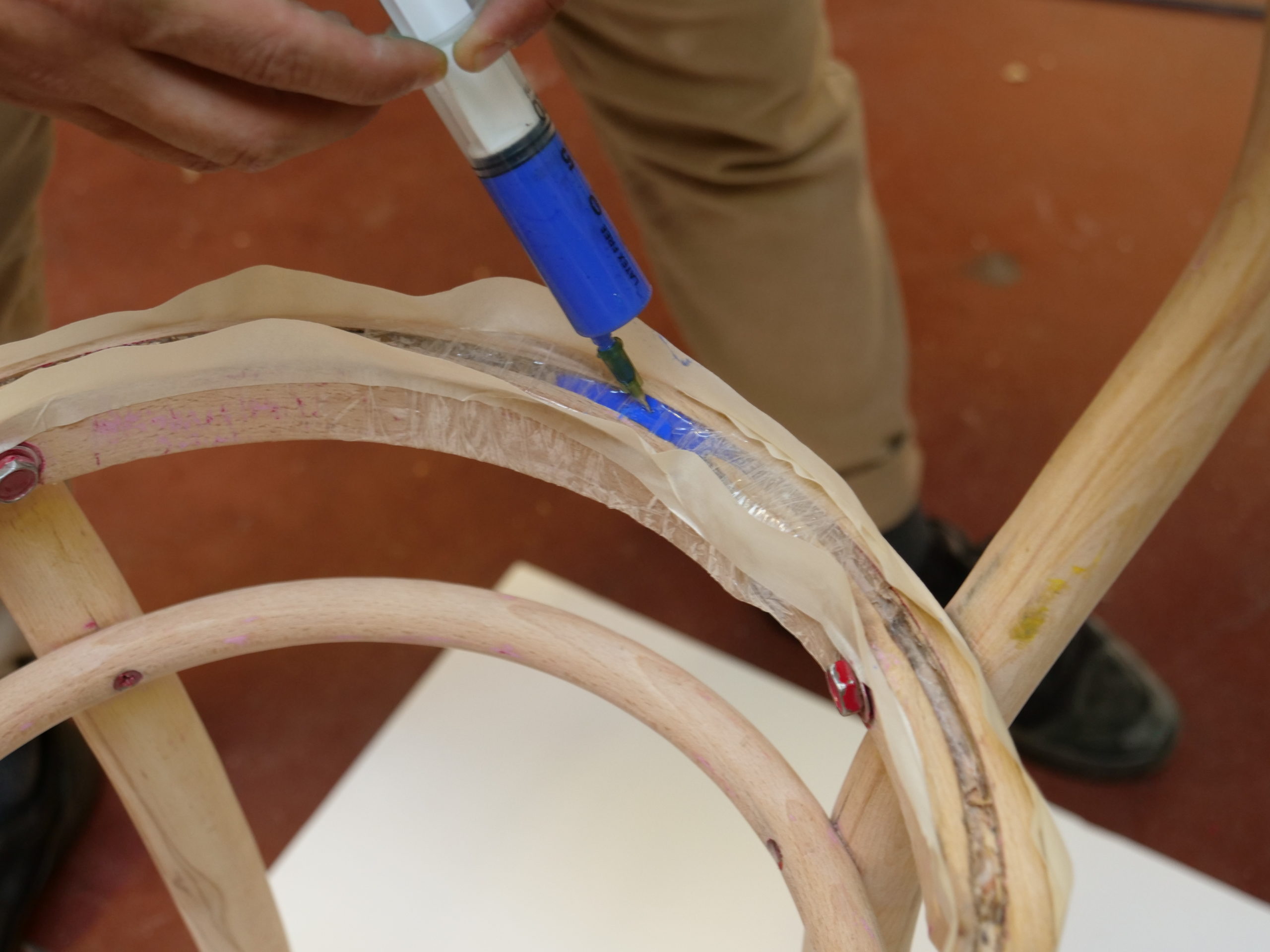
The whole project is released free of charge and can also be used by associations, schools, start-ups, reuse centres, public administrations, etc. It was conceived with the ambition to provide an extra tool to support the dissemination and scalability of repair projects, following the model of what we called “Distributed Innovation”: another way to make a difference in how we tackle problems on a global scale while acting locally.
And repair can be one of the right opportunities to raise people’s awareness, train them, and actively involve them in a transformation in which we can (or perhaps must) all be protagonists: making the world more circular and our habits more sustainable.
Story by OPEN DOT
